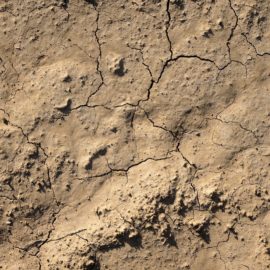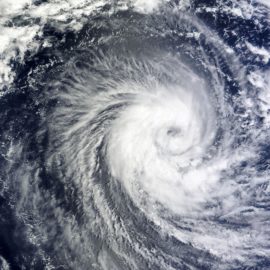
(Army Corps of Engineers)
By helping Maurepas Swamp the levee system benefits as the State and the Corps have come to agreement.
A plan to divert water from the Mississippi River to revitalize the Maurepas Swamp will have the dual benefit of helping pay for a major levee project under construction nearby thanks to the resolution of a dispute between the state and Army Corps of Engineers. The state-built diversion into the western Maurepas Swamp has been approved as mitigation for environmental damage caused by construction of the West Shore Lake Pontchartrain hurricane levee and the diversion itself, the Corps announced Monday. Without that decision, the state may have had to pay for both the diversion and for other projects designed to address environmental damage associated with the levee project. As a result, the state’s share of the cost of the $1.2 billion levee project will effectively be reduced. The state must pay 35% of the initial $760 million levee project costs, financed over 30 years, with the federal government paying for the remainder. The federal government also will pay 100% of up to $400 million in possible future improvement costs. How much of a reduction in the state’s cost will be achieved is still being determined, though the Corps believes the environmental mitigation could cost between $100 million and $125 million.
nola.com
Paid by the BP settlement the diversion channel will bring the Mississippi to the swamp.
The 5 1/2-mile diversion channel through St. John the Baptist Parish just west of Garyville will be partly paid for with $130 million in BP oil spill fine money. The diversion will release up to 2,000 cubic feet per second of freshwater, sediment and nutrients into the swamp during high-river periods. The diversion is designed to revitalize more than 45,000 acres of the swamp, which has been hampered by lack of freshwater and nutrients, exacerbated by rising water levels driven by climate change. A Corps statement pointed out that Maurepas Swamp is one of the largest remaining tracts of coastal freshwater swamp in the state, and the diversion will deliver nutrient-laden river water to help restore its degraded cypress-tupelo vegetation. Implementing both projects in tandem will save time and money, the statement said. “Implementing these projects together will not only breathe new life into a threatened ecosystem, but it will also provide greater protection against hurricanes and storm surge to over 60,000 Louisianans,” said Gov. John Bel Edwards.
This diversion is not the be all and end all so the Corps will also work on the degradation.
The diversion will not cover all mitigation for environmental damage and the Corps plans to pursue other methods to fulfill that requirement. That could include construction of the Guste Island marsh creation project near Mandeville. After the diversion’s completion, monitoring will be conducted to assure its improvements to the Maurepas Swamp offset the levee and diversion impacts within 10 years. Monday’s decision ends years of arguments between the state and the Corps. The Corps originally refused the state’s offer to use the diversion because its $200 million cost was more than the amount of mitigation needed for the levee. But state officials made clear they only planned on counting a portion of the diversion’s cost towards the state’s required local share of levee construction costs. Work on clearing the path for the $1.2 billion West Shore project’s levee has been under way for almost a year, and the first mile of earthen levee is set for construction in March. The project will include 17.5 miles of levees, a mile of concrete T-wall, drainage structures and pump stations.
The levee is to protect from storm surge from Lake Maurepas.
The levee along the edges of Maurepas Swamp on the east bank of the Mississippi River in St. Charles and St. John parishes will be built to protect Montz, LaPlace, Reserve and Garyville from hurricane storm surges that have a 1% chance of occurring in any year, a so-called 100-year storm. The surge water would move from Lake Pontchartrain through Lake Maurepas into the swamp towards populated areas. The project also will include elevation of some homes and floodproofing of some businesses in St. James Parish. The lack of levees in the area led to catastrophic flooding during 2012’s Hurricane Isaac and 2021’s Hurricane Ida.
Where there is water levees are needed.



